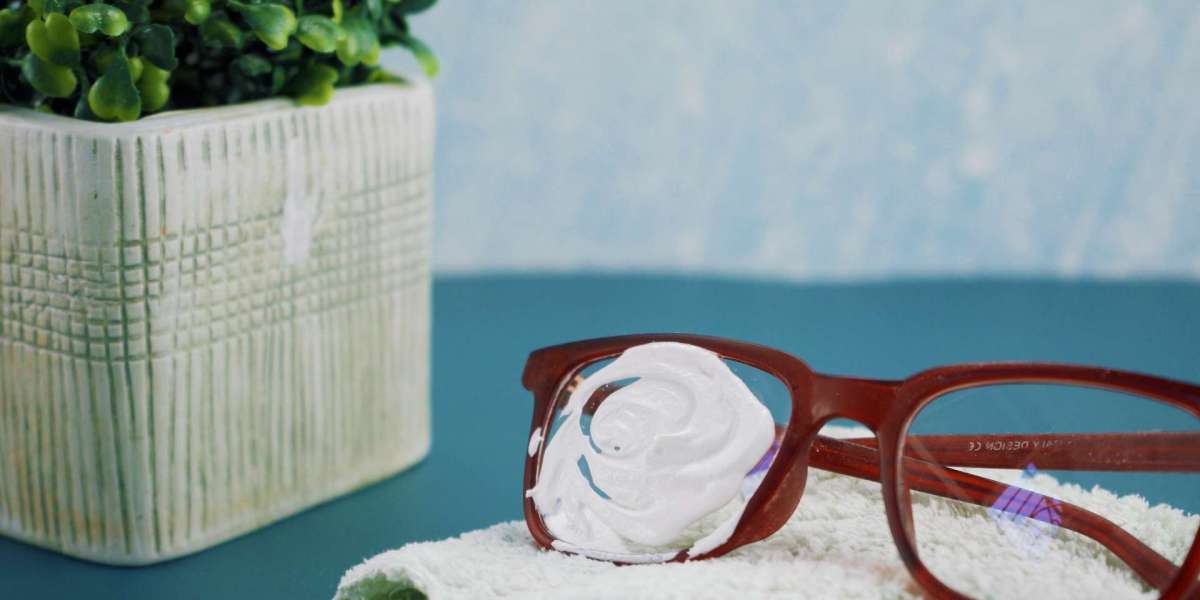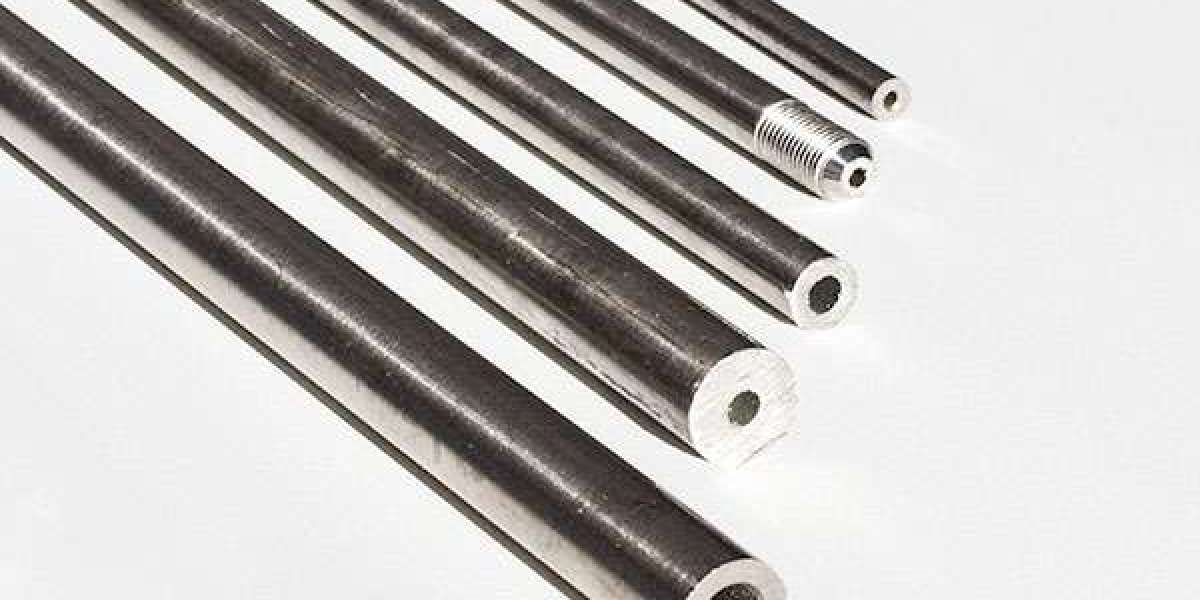Introduction
Are you looking to give your pool a fresh, new look? A pebble finish might be the perfect solution! Unlike traditional plaster, a pebble finish offers a natural and luxurious aesthetic that enhances the overall ambiance of your pool area. Not only does it look beautiful, but it also provides a non-slip surface, making your pool safer. But what exactly is a pebble finish, and why should you consider it for your pool? Let's dive in and explore!
1. What is a Pebble Finish?
A pebble finish is a type of pool surface that combines small, smooth pebbles with specially formulated cement. This mixture creates a durable and visually appealing surface that mimics the look of a natural riverbed. Pebble finishes come in a variety of colors and sizes, allowing you to customize the look of your pool to match your style and preferences.
2. Benefits of a Pebble Finish
Why choose a pebble finish over other pool finishes? Here are some compelling reasons:
- Durability: Pebble finishes are known for their longevity. Unlike traditional plaster, which can crack and fade over time, pebble finishes can last up to 20 years or more with proper maintenance.
- Aesthetics: A pebble finish's natural look adds an element of luxury to any pool. The variety of colors and textures available allows for a truly customized look.
- Safety: The slightly rough texture of a pebble finish provides a non-slip surface, reducing the risk of slips and falls around the pool area.
- Comfort: Despite their rough appearance, pebble finishes are surprisingly comfortable to walk on, making them a great choice for both adults and children.
3. Types of Pebble Finishes
Pebble finishes come in several varieties, each offering a unique look and feel:
- Mini Pebble: This finish uses smaller pebbles for a smoother texture, ideal for those who want a more refined look.
- Standard Pebble: A mix of larger and smaller pebbles, providing a natural, textured surface.
- Polished Pebble: After installation, this finish is polished to create a smoother surface that still retains the natural beauty of the pebbles.
4. How to Choose the Right Pebble Finish
Choosing the right pebble finish depends on several factors:
- Pool Usage: If your pool is primarily used for relaxation, a polished pebble might be more suitable. For more active use, consider a standard or mini pebble for better grip.
- Aesthetic Preferences: Consider the overall look you want for your pool. Do you prefer a natural, earthy look, or something more polished and refined?
- Budget: Different types of pebble finishes come at different price points. It’s important to choose a finish that aligns with your budget.
5. Pebble Finish Installation Process
Installing a pebble finish involves several steps:
- Preparation: The pool surface is prepared by removing any existing finish and cleaning the surface thoroughly.
- Application: A mixture of cement and pebbles is applied to the pool surface.
- Finishing: The surface is then smoothed and shaped to achieve the desired texture.
- Curing: The finish is left to cure for several days to ensure it sets properly.
6. Maintenance Tips for Pebble Finishes
Maintaining a pebble finish is relatively easy, but it does require some regular upkeep:
- Regular Cleaning: Brush the pool surface weekly to prevent algae buildup and stains.
- Chemical Balance: Keep your pool water balanced to avoid scaling or etching of the pebble surface.
- Professional Inspections: Consider a professional inspection every few years to ensure the pebble finish remains in good condition.
7. Comparing Pebble Finish with Other Pool Finishes
How does a pebble finish stack up against other pool finishes like plaster or tile?
- Durability: Pebble finishes are more durable than plaster but less costly than tile.
- Aesthetics: Pebble finishes offer a more natural look compared to the smooth, uniform appearance of plaster.
- Maintenance: Pebble finishes require less maintenance than plaster, which is prone to cracking and staining.
8. Cost of Installing a Pebble Finish
The cost of installing a pebble finish can vary widely depending on the size of your pool and the type of pebble finish you choose. On average, homeowners can expect to pay between $4,000 and $10,000. While this may seem like a significant investment, the durability and aesthetic benefits often outweigh the initial cost.
9. Enhancing Aesthetics with Pebble Finish
A pebble finish can dramatically enhance the look of your pool by adding depth and texture to the water. The natural colors and patterns of the pebbles create a unique, shimmering effect that changes with the light. This can turn an ordinary pool into a stunning focal point of your backyard.
10. Safety and Comfort of Pebble Finishes
One of the biggest advantages of a pebble finish is its non-slip surface. This makes it an ideal choice for families with children or for those who prioritize safety around the pool. Additionally, the texture of a pebble finish is comfortable to walk on, making it a great choice for those who spend a lot of time in the water.
11. Common Myths About Pebble Finishes
There are a few common myths about pebble finishes:
- "Pebble finishes are rough and uncomfortable." In reality, most pebble finishes are designed to be both durable and comfortable underfoot.
- "They are hard to maintain." With the right care, pebble finishes are quite easy to maintain and can last for decades.
12. How Long Does a Pebble Finish Last?
A well-maintained pebble finish can last anywhere from 15 to 25 years. This longevity makes it a cost-effective option in the long run, especially compared to other finishes that may need more frequent repairs or replacement.
13. Customer Experiences with Pebble Finishes
Many pool owners who have opted for a pebble finish rave about the transformation it has brought to their pool area. The finish not only enhances the aesthetic appeal but also adds a level of safety and comfort that many find invaluable. Customer testimonials often highlight the unique look and feel of the pebble surface, as well as the ease of maintenance.
14. Conclusion
A pebble finish is an excellent choice for anyone looking to enhance the look and feel of their pool. Its durability, aesthetic appeal, and safety features make it a standout option among pool finishes. Whether you're renovating an existing pool or planning a new one, consider a pebble finish to create a beautiful and functional swimming area.
15. FAQs
What is the difference between a mini pebble and a standard pebble finish?
A mini pebble finish uses smaller pebbles for a smoother texture, while a standard pebble finish combines larger and smaller pebbles for a more textured surface.
How long does it take to install a pebble finish?
The installation process typically takes about a week, including preparation, application, and curing time.
Is a pebble finish suitable for saltwater pools?
Yes, pebble finishes are compatible with saltwater pools and are resistant to the corrosive effects of salt.
Can I change the color of my pebble finish later?
While it's possible to change the color, it involves reapplying a new finish, which can be a costly process.
What should I do if my pebble finish starts to show signs of wear?
Regular maintenance and professional inspections can help prevent wear. If wear becomes significant, resurfacing may be required.



